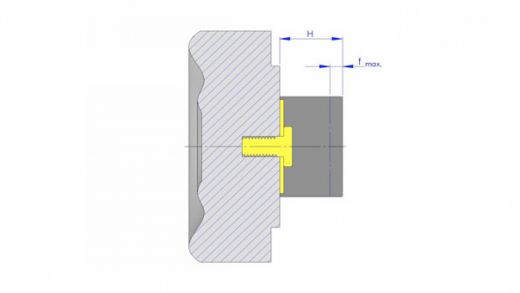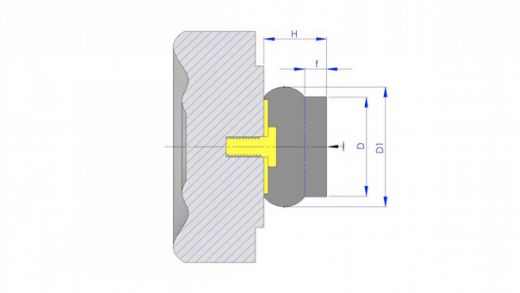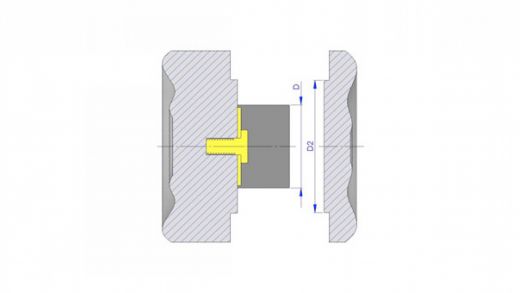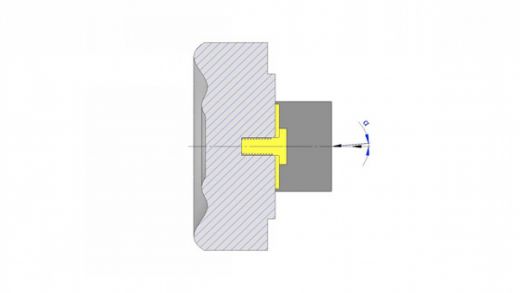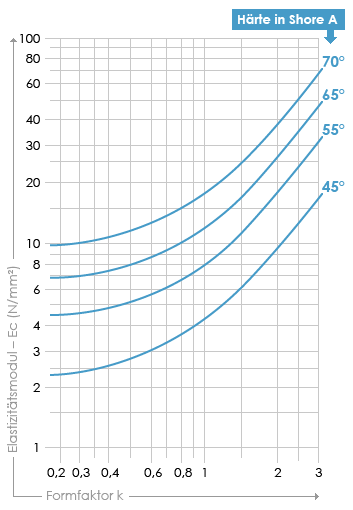Round buffer
Please enter the values for diameter and rubber height of your round buffer in the following fields to have the form factor k calculated
Read the value for the modulus of elasticity (Ec) as a function of the form factor k from the diagram in the upper right corner.
Rectangular buffer/rail
Please enter the values for rubber height, width and length of your rectangular buffer/rail in the following fields to have the form factor k calculated.
Read the value for the modulus of elasticity (Ec) as a function of the form factor k from the diagram in the upper right corner.
Do you have any questions?
Our team of experts is at your disposal at any time to answer your questions.
